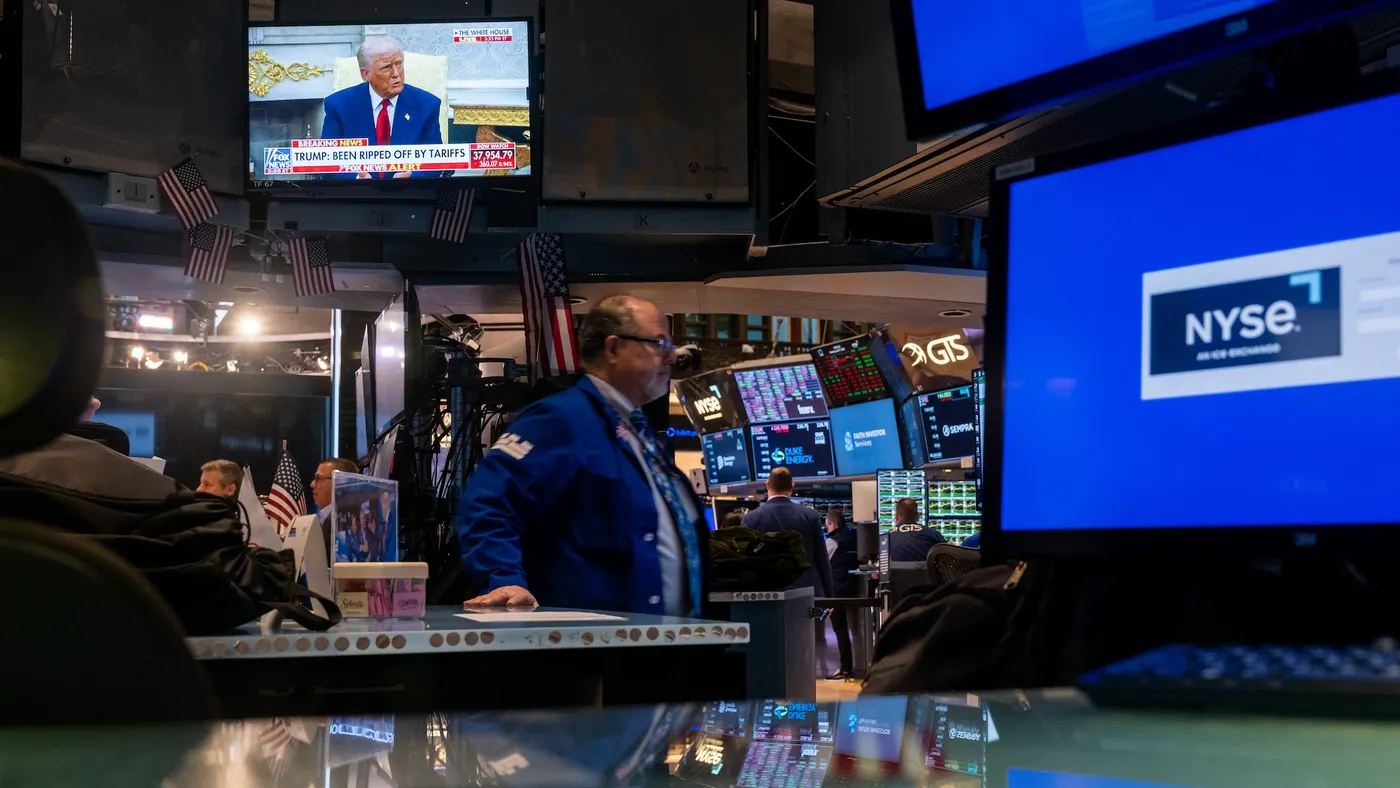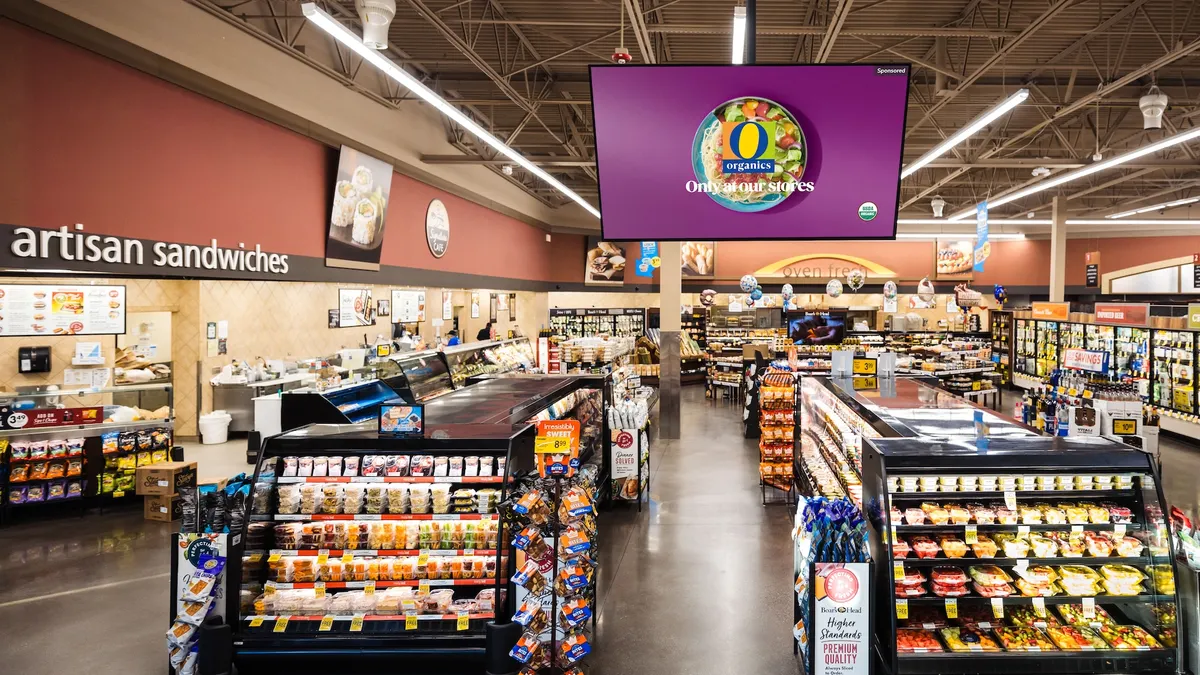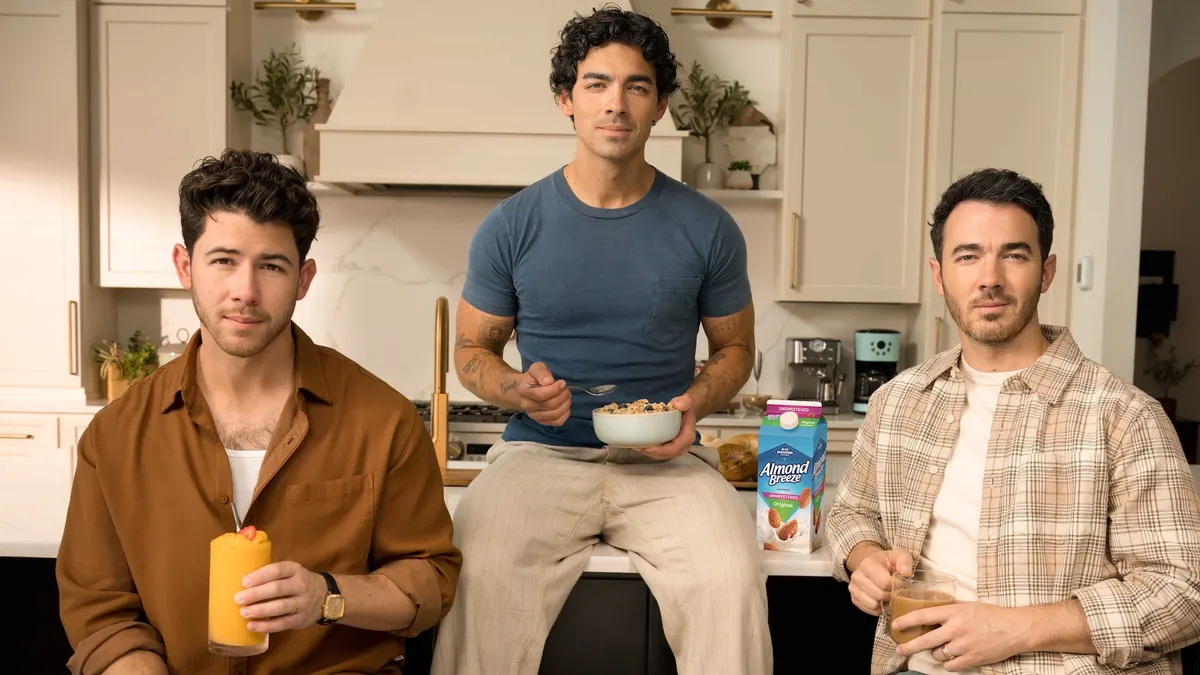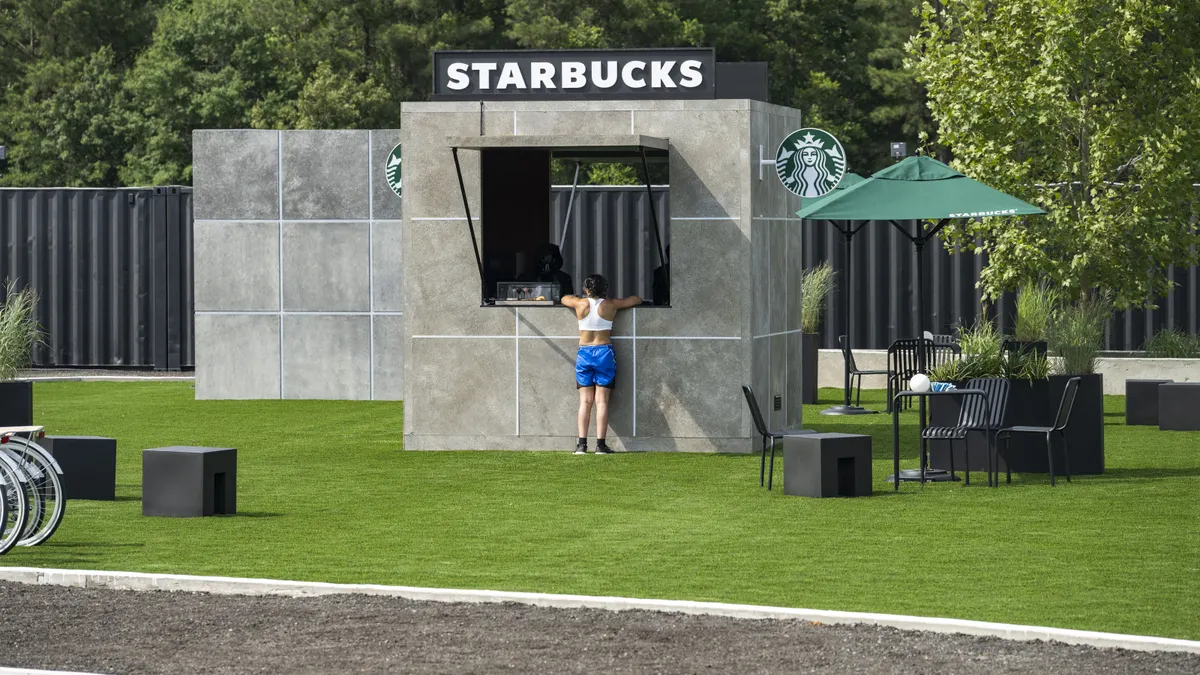To paraphrase Thomas Paine, these are the times that try marketers’ souls.
CMOs this year have faced uncertainty around the future of TikTok in the U.S., antitrust challenges to Alphabet and Meta, agency holding company consolidation, artificial intelligence moving from hype to here-and-now and ceaseless global conflict. That’s to say nothing of tariffs and a global trade war that is still ongoing: At press time, the U.S. and the European Union were negotiating all the way up to a July 9 deadline for a trade deal, a situation about which President Trump previously has said, “We can do whatever we want.”
Presidents, apparently, can do what they want; CMOs cannot. Consumers and chief financial officers are feeling the bad vibes, forcing marketers to face even tighter budgets, less time to plan campaigns, a pendulum swing back to performance marketing from brand building and a growing need to figure out how AI will reshape their operating models.
“When you’re on a highway and you’re going along and someone taps the brakes, and then everyone taps the brakes, that’s what happened,” said Josh Golden, CMO at marketing experience company Quad, of the economic climate. “As everyone was waiting for post-election, and then tariffs, that uncertainty created this rippling effect.”
Those ripples are already affecting marketers’ bottom lines, as many have seen flat budgets in 2025 and may face cuts if the macroeconomic picture does not improve, according to Gartner data. And while holding patterns sufficed in the first half, that won’t be the case as marketers prepare for crucial back-to-school and holiday seasons.
“This swirl of uncertainty has left CMOs in a position in the early part of this year where they were keeping the powder dry,” said Ewan McIntyre, vice president analyst and chief of research for Gartner’s marketing practice. “In H1, we got a bunch of nervous CMOs who didn’t know which way to jump, but they will indeed have to make some calls as we head into the second half.”
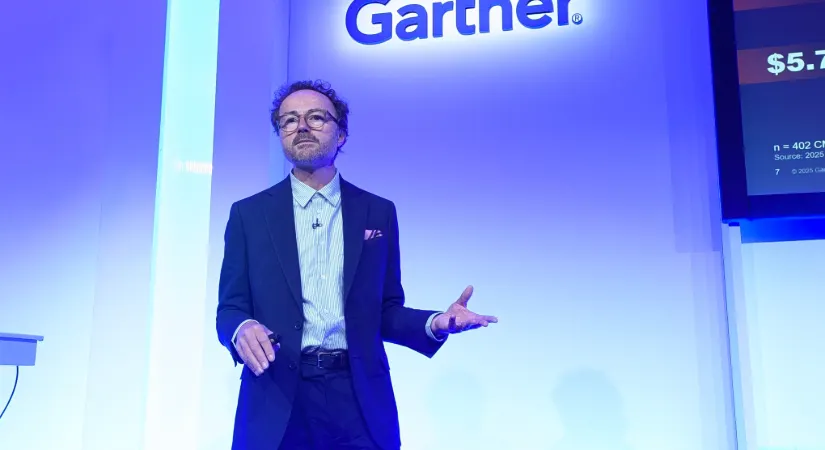
Bad vibes
Gartner’s analysis of data from CFOs suggests that budget cuts are coming down the line this year — regardless of what actually happens with tariffs. With even a possibility of negative economic circumstances, CFOs are already pushing for cost optimization and headcount reduction.
“After a while it just becomes vibes, and vibes, unfortunately, have a really big impact on some significant decisions that enterprises make,” McIntyre said.
CMOs are already feeling these bad vibes. Anticipation of future cuts has spurred marketers to gird themselves by shifting their budgets, with paid media now accounting for 30.6% of the total marketing spend, up from 27.9%, and 39% of CMOs planning to cut back in agency spend and in-house labor in the year ahead.
“There’s certainly a sense that CMOs are making bets, that they are de-prioritizing some other areas within their portfolio, and they are banking on their media investments as being the thing which will help them to deliver their goals in a volatile environment,” McIntyre said.
Maybe this is the new normal, and if we know that, we can lean into it and use it as a competitive advantage.

Lisa Cole
CMO, 2X
The desire to cut back on agency spend could favor larger agencies at the expense of specialist shops as marketers look to minimize their fee-based costs, pushing on already strained agencies to do more with less. The same issue could be faced by the in-house staff that powers the marketing engine. Cuts to either cost center could cause unintended consequences.
“CMOs need to be careful,” McIntyre explained. “They may actually see a dip in productivity if they make the wrong choices, with regards to both the in-house people, but also their valuable and specialized agency relationships.”
The lesson of H1 2025 might be that the age of looking at the year as a whole or even halves when making marketing plans is over. Marketers could be well served by thinking in 90-day cycles as a way to avoid the disruption of successive crises.
“Maybe this is the new normal, and if we know that, we can lean into it and use it as a competitive advantage,” said Lisa Cole, CMO of B2B marketing firm 2X.
The pendulum swings, again
Marketers facing budget tightness is nothing new, from the financial crisis of 2008 to the pandemic period to this recent stretch of uncertainty. While the challenges are different, the response is often the same, with cash-strapped CMOs looking to placate CFOs by pulling back on brand-building efforts in exchange for the more immediate return-on-investment of performance marketing.
“It is super predictable behavior. We saw this in previous periods of economic uncertainty,” McIntyre said. “There are obvious harms to this, that if performance investments are great, but if we don’t have the brand awareness to get people to that search instance, we are harming our growth prospects.”
The pendulum swung back toward brand building last year but appears to now be heading in the opposite direction — with great risk for marketers. Chris Kelly, CEO of brand analytics platform Upwave, illustrated the issue with the analogy of an apple farm that stops planting seeds for six months.
“Sure, you saved time and money on seeds in the short term, so maybe your results look better, but… you can only stop planting seeds for so long,” Kelly said. “We have to plant those seeds this year, or we’re going to hurt ourselves in 2026.”
That’s a hard lesson that Nike and Starbucks had to learn... to recognize that if you get too focused on the quarterly results, you will lose the essence of your brand over time.

Josh Golden
CMO, Quad
The trade-offs of finite budgets are even more acute during economic uncertainty, but marketers that see brand building as a “nice to have” and not a “must have” will see negative effects in the next year, if not sooner, according to Upwave data. Savvy CMOs will seek to balance both needs, while being thoughtful about measurement and attribution.
“There’s definitely a theme of increased accountability for dollars spent… increased conversations about measurement based on the different types of dollars being invested, upper funnel versus lower funnel,” Kelly said.
This year has seen major brands including Nike and Starbucks reinvest in brand building after years of focus on performance marketing and channels like digital and mobile, respectively. Nike has returned, as with its best-of-the-night Super Bowl spot, to the blockbuster advertising on which it built its brand, while Starbucks also kicked off back-to-basics advertising around the big game. Results have been mixed so far. While Nike last quarter saw the biggest financial hit of its turnaround, Starbucks has said its broad-based marketing is making inroads with customers.
“That’s a hard lesson that Nike and Starbucks had to learn, and other brands, frankly, had to learn, to recognize that if you get too focused on the quarterly results, you will lose the essence of your brand over time,” said Quad’s Golden. “My goal in marketing is always building the brand and driving demand. It is dual, and you can’t say we’re just going to drive demand this year, because you’ll lose.”
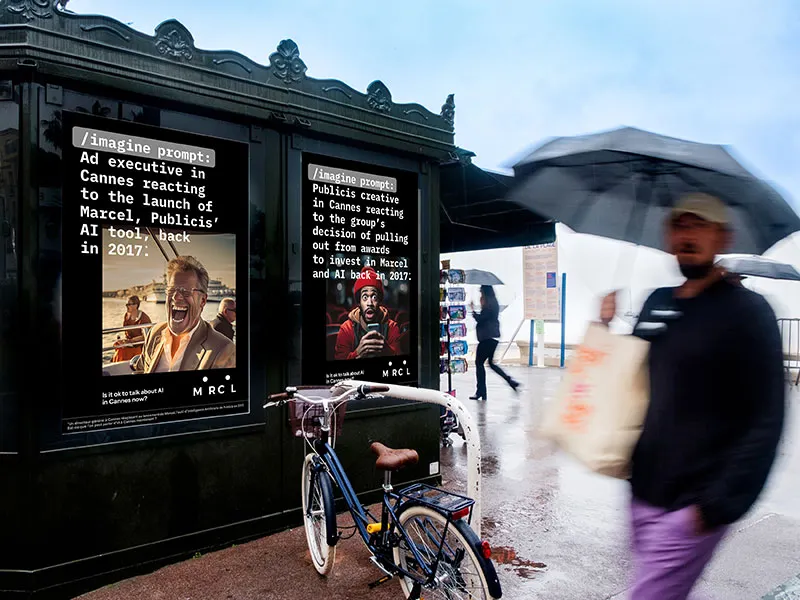
The cause of, and solution to, all of life’s problems?
The elephant in the room when discussing tight marketing budgets is the impact of AI, which has moved from the hype stage kicked off with the launch of ChatGPT in November 2022 to become the engine driving an already significant and still growing share of advertising, if not entire parts of the economic landscape.
Nearly half (49%) of CMOs surveyed by Gartner said that AI is helping them improve time efficiency, with 40% putting it in their top three causes of improved cost efficiency. Those figures represent significant positive sentiment around the ability of AI to make marketing more productive, but could cause other C-suite executives to overestimate the power of AI.
“AI is helping get through some of these bottlenecks that have been apparent in marketing for a really long time, and that’s great,” McIntyre said. “I think the challenge that we’re going to see in the second half of the year is that we have non-marketing, senior business executives, who challenge all of the enterprise leaders [to] start cutting away at their people and costs.”
Major use cases for AI in marketing include creative generation, content verification, ad operations and the generation of insights and reporting, according to Upwave’s Kelly, who said marketers are still trying to determine what’s real and what’s “BS” when it comes to AI.
“The through line seems to be historically pretty human-heavy tasks,” the executive said.
That doesn’t necessarily mean headcount reduction at brands or at agencies. Large language models can’t necessarily make a TV ad, but they can help creatives draft 10 commercials in the time it took to previously draft one — real value that can be passed onto the client. Generative AI could also handle much of the labor-intensive work around measurement, with humans handing the keys on wrap reporting to computers.
Key to integrating AI into the marketing function in H2 and beyond will be having clarity on a brand’s operating model and where AI fits within the model. One way to determine how AI will be used is by adopting a three-layer framework, explained 2X’s Cole.
The first layer is a marketer’s source of competitive advantage: the positioning, messaging and strategy work that cannot be outsourced or automated. Second are functions that aren’t part of the company’s value proposition but still require best practices, perhaps including email, social media and search discovery; this layer can be outsourced. The final layer consists of tasks that can be automated with AI, from creative versioning to campaign optimization to research.
“If you get those three layers… then you can look at the budget you have,” Cole explained. “How much headcount do I really need? What roles do I really need? What partners do I need for that outsourcing piece? What tools and training do I need for AI?”

